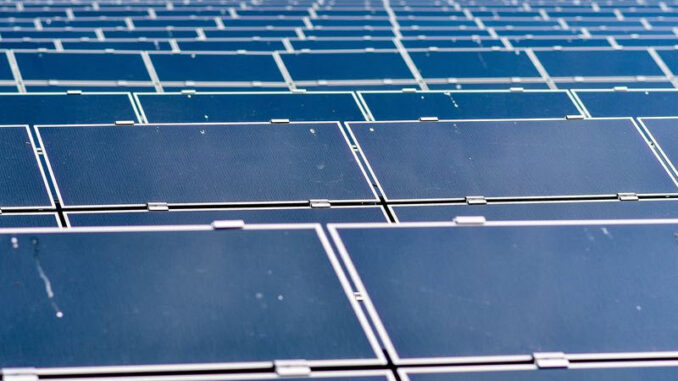
Enbridge Inc.’s push into new frontiers of the energy transition such as carbon capture and clean hydrogen production could use Canadian tax credits similar to those in the U.S., the company’s CEO said.
North America’s biggest oil pipeline company, which for years has invested in wind and solar power projects, is also looking at gaining scale and becoming competitive in technologies such as hydrogen production using renewable electricity. To get there, it’s seeking incentives in Canada like the $35 to $50 per metric ton of credits for CO2 sequestration and storage that exist in the U.S. under Section 45Q of the Internal Revenue Code, Chief Executive Officer Al Monaco said in an interview.
“It’s all about scale, and in order to achieve scale, you need some initial investment, and initial incentives,” Al Monaco said through video conference, adding that 45Q could be more generous. “We’re talking about it in Canada.”
Enbridge last year became the first major company in the North American oil and gas industry to set a goal of eliminating all net emissions from its operations by 2050, joining European producers such as Royal Dutch Shell Plc, BP Plc, Total SE and Repsol SA. The industry, long the target of environmental groups, is under increasing pressure from shareholders managing trillions of dollars to address greenhouse-gas emissions such as methane.
“From a capital markets perspective, if you’re not world class in ESG, it’s going to impact your cost of equity,” Al Monaco said of the growing investor push for environmental, social and governance policies.
Critics say steps the oil and gas industry is taking won’t be enough to fight climate change because most of them don’t address the emissions from cars, homes and factories that burn fossil fuels.
The Calgary-based pipeline giant’s efforts include building solar power generators to run pump stations along its oil and gas conduits, including the Alberta Solar One project that’s scheduled to start operating Tuesday. The company is already a major investor in offshore wind in Europe and on-shore wind farms in the U.S., and is talking with Canadian oil-sands producers about capturing carbon emissions and injecting the greenhouse gas back into the ground
At a power plant in Ontario, Enbridge is using excess electricity when demand is low to make hydrogen that can be burned when consumption increases, and it’s experimenting with blending hydrogen into the natural gas pool to make it cleaner.
Hydrogen has emerged as a promising fuel in global efforts to cut emissions at industrial facilities, shipping and aviation. One of the biggest challenges is that, while hydrogen fuel cells only emit water when generating electricity, large-scale production of the clean gas itself still relies on coal-fired power plants in some parts of the world. Making hydrogen using renewable energy can cost as much as six times more than simply burning natural gas, the cleanest fossil fuel.
In wind power, after starting years ago as a partner of developers like Electricite de France, Enbridge has already acquired development and operational capabilities, Al Monaco says.
“We started participating more and more in management and construction with EDF,” he said. “We’re ready to compete with the best.”
While outlining ambitions to become a major player in the renewables market, Enbridge’s primary focus continues to be on hydrocarbons, specifically building out its natural gas network. Al Monaco says gas will be key in the energy transition because it’s helping displace coal and it’s a good complement to renewables when there’s not enough sunshine or wind.
He cautions that growing resistance to natural gas pipelines in the northeast of the U.S. could lead to price spikes such as those faced by California and Texas recently.
“Natural gas is going to be a great enabler generally. We’ve got to keep hitting home the realities of the importance of natural gas, and importantly how it’s going to fit with reducing emissions, how it’s going to support green hydrogen, how it’s going to support blue hydrogen,” he said.






